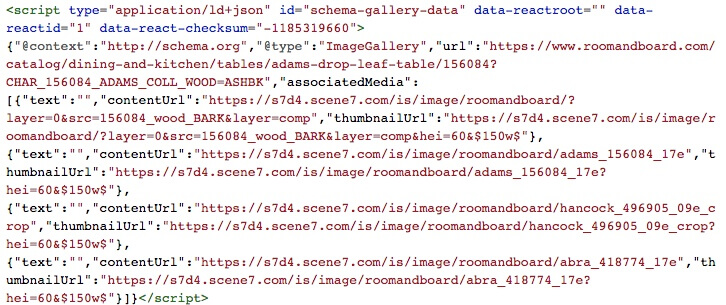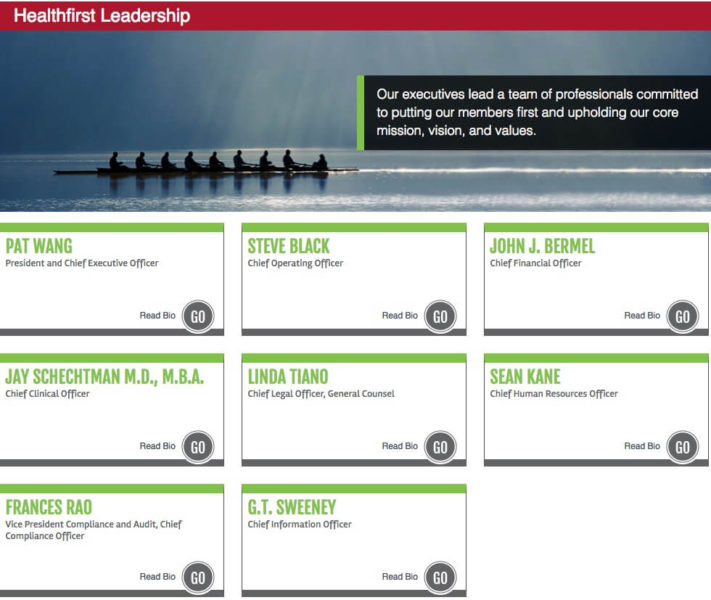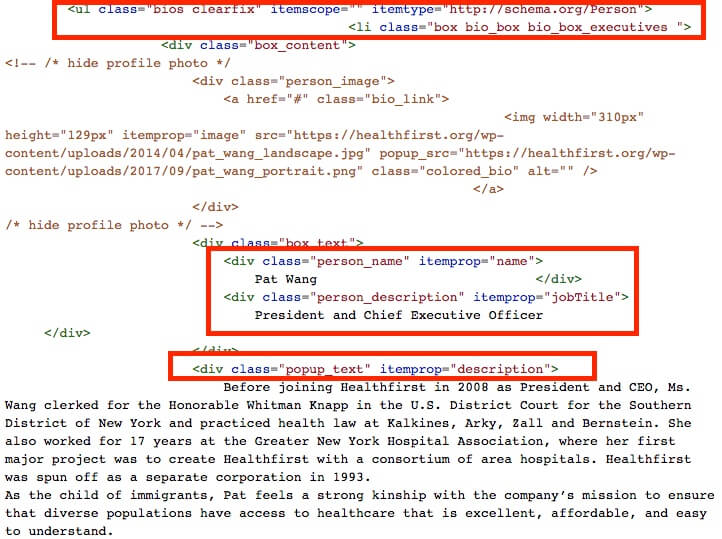Contributor Tony Edwards recommends taking advantage of little-used brand, image, app and person schema that indirectly help position a website for better rankings.
Structured data in the format of schema markup can have multiple benefits when it comes to search engine optimization (SEO). While it is not a ranking factor, it does indirectly help position your website for better rankings.
Some of the benefits of utilizing structured data are:
- Improved crawling of the content on your site. Structured data serves up your content in an understandable format the search engines can easily read and recognize.
- Potential to have rich results (e.g., rich snippets, knowledge graph) appear in the search engine results pages (SERPs), which can improve your organic search visibility and organic click-through rate. Certain schema markup, such as product reviews and aggregate ratings, can be used in paid ads within Google.
- Certain social platforms, such as Pinterest, recognize schema markup. Pinterest utilizes markup, such as product and recipe schema markup, to power rich pins.
There are many schema markup opportunities now, as the schema community and the search engines have worked over the years to expand the compatibility of different content types.
The majority of websites on the internet are using some level of schema markup, however, there are some underutilized schema markup opportunities that can have great benefits if leveraged.
Here are four schema markup opportunities to take advantage of.
1. Brand elements within Organization schema markup
Organization schema markup is one of the elements Google uses as a reference for brand information in knowledge graph panels.
There are quite a few things you can specify within this markup to further enforce your branding and have more items appear on your knowledge graph panel.
- Alternate names. If your brand name is searched often with different variations, this is a great way to help Google understand these variations and ensure your knowledge graph appears for these variations.
Example: AZEK utilizes alternate names of items within its Organization schema markup to highlight different brand name variations.
- Phone number & email address. Highlighting a customer service or sales number in the organization schema markup can make it more likely to appear in your knowledge graph panel, which can lead to more customer engagement and conversions. Email addresses also have the potential to appear in knowledge graph panels and branded featured snippets.
Example: Roomandboard.com highlights an 800 number and email address in their organization schema markup.
2. ImageGallery schema markup
The ImageGallery schema markup is a great opportunity to mark up all images within a gallery. This can be impactful for product pages which usually have an image gallery displaying four or five images. It allows Google to easily recognize the different images and utilize them for different types of results.
Example: Roomandboard.com utilizes the ImageGallery markup to highlight all images on individual product pages.
3. App schema markup
With more smartphones being used, many companies now have mobile applications. However, many sites do not leverage schema MobileApplication markup on their sites. Most websites have a dedicated landing page for their mobile applications.
Example: Macy’s app landing page
Example: MobileApplication markup
4. Schema person markup on employee profiles
Many websites list employee profiles for their executive teams and others. There is an opportunity to mark up this information, which often includes the employee’s name, title and photo, and sometimes a short description, with schema Person markup. This can help your site to power knowledge graph results and appear in certain rich results for your employees.
Example: Direct answer with employee info
Example: Healthfirst utilizes schema Person markup on its Leadership page.
Conclusion
So, there you have it: four schema markup opportunities you may not currently be using and can leverage if applicable to your site.


















